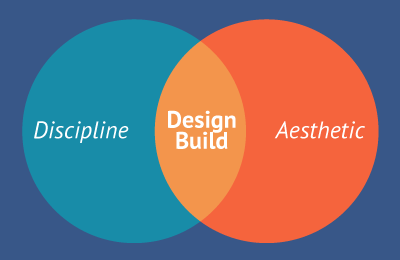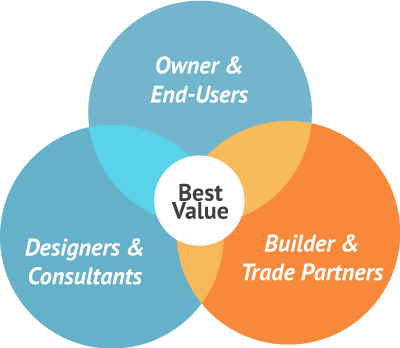PANKOW
DELIVERY METHODS
We consider inclusion and collaboration essential elements of project success. Pankow engages regularly with developers, owners, administrators and end-users. We team with designers, consultants and subcontractors equally strong in integrated project delivery. We involve officials, agencies and communities. Why? Because the stronger the collaboration, the better the solution. Because we can deliver projects with more certainty and with the highest and best use of your resources.
Pankow was instrumental in the founding of the Design Institute of America and is a national leader with the Lean Construction Institute. We have committed to revolutionizing project delivery to find the game changer our industry needs to bring the most value to our clients.










